.
Tis a truth universally acknowledged that an aspiring hero in possession of an excellent quest-adventure must be in want of an antagonist.
And not just any antagonist, but a rip-roaring, no-holds-barred bad guy -- so welcome, gentle readers, to the Year of the Villain in our own, much loved, Fantasy fiction.
 |
| Sauron in "The Lord of the Rings" films |
It's also, just imho, a very interesting work when we turn the spotlight, and the microscope onto a little scum and villainy, aka antagonists and archvillains, nemeses and "big bads."
Starting with Sauron, who is what I think of as "monolithic evil", meaning that he is unremittingly and irredeemably bad, but also immense. Yep, Sauron is evil on an all-out, world (if not universe) sized scale, that seems impossible to defeat.
 |
| Sauron in "The Rings of Power" series |
The first objective is achieved by means of the ring itself, which contains a significant part of Sauron's power, i.e. "one ring to rule them all." It's also as seductive as it is dangerous, ultimately consuming the mind and will of the bearer.
 |
| "One ring to rule them all..." |
So throughout the time he bears the ring, Frodo is constantly tempted to wear and use it, and the closer he comes to Mt Doom, and to Sauron, the more the ring becomes a weight on mind and spirit. One he very nearly doesn't survive.
 |
| Frodo & the One Ring |
The Lord of the Nazgul plays a significant part in the first and third books in the trilogy. In The Fellowship of the Ring, he leads the Nazgul's (the nine Black Riders') terrifying pursuit of the hobbits, which is only stopped, after many close calls and narrow escapes, by the power of Rivendell.
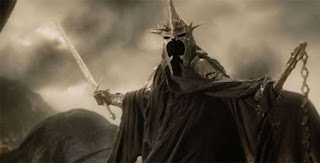 |
| Lord of the Nazgul |
Any of you who have read the books or watched the film will know Eowyn and Merry's desperate, against-the-odds fight is heart-stirring stuff -- and one we can engage in deeply, which (of course) is why the story grips us.
 |
| Saruman the White |
I mentioned orcs, and between Uruk-hai and goblins, trolls and corrupted humans, there are plenty of evil minions in The Lord of the Rings. But when it comes to the pantheon of villains, the fifth and final place goes to Smeagol, better known as Gollum.
 |
| Uruk-hai |
Gollum's villainy is the opposite of Sauron's monolithic power. He is physically small, and while vicious, is also wretched, being a victim of the ring as much as its instrument. Gollum is also the one villain where there is a real possibility, however slender, of redemption -- a narrative arc that is possible because his part is personal, flawed in a way we can comprehend, and very much an active part of the story.
 |
| Gollum |
.So there we have them: The Lord of the Rings' pantheon of villains. Together, they have established a baseline for villainy in contemporary Fantasy -- as well as a guide for how to make evil in storytelling work, so we, as readers, are right there with the heroes on their quest-adventures.
© Helen Lowe
~*~
About the Author
Helen Lowe is an award-winning novelist, poet, and lover of story. With four books published to date, she is currently completing the final installment in The Wall Of Night series.
Helen posts regularly on her “…on Anything, Really” blog, monthly on the Supernatural Underground, and tweets @helenl0we


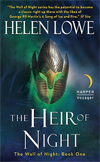
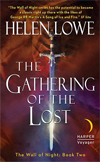


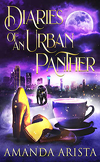
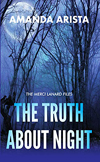

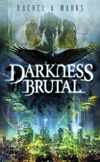
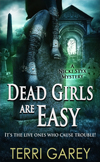
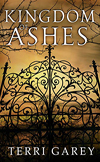
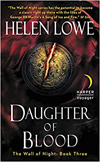
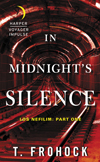
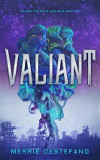
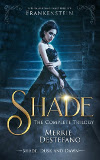

No comments:
Post a Comment